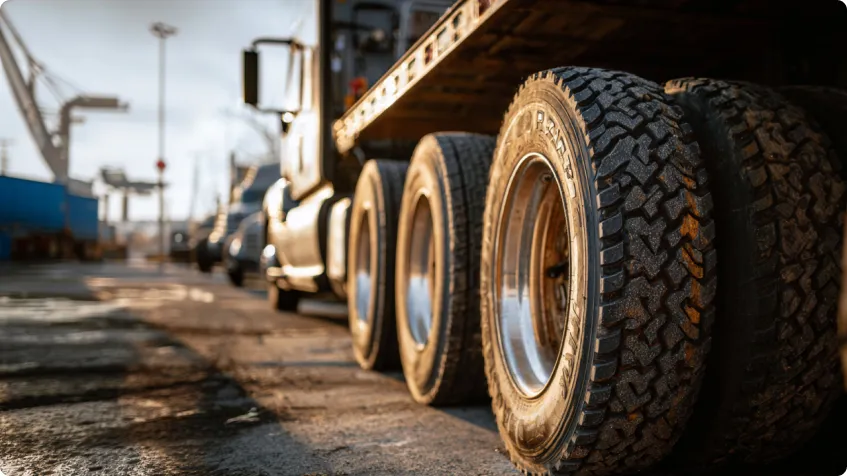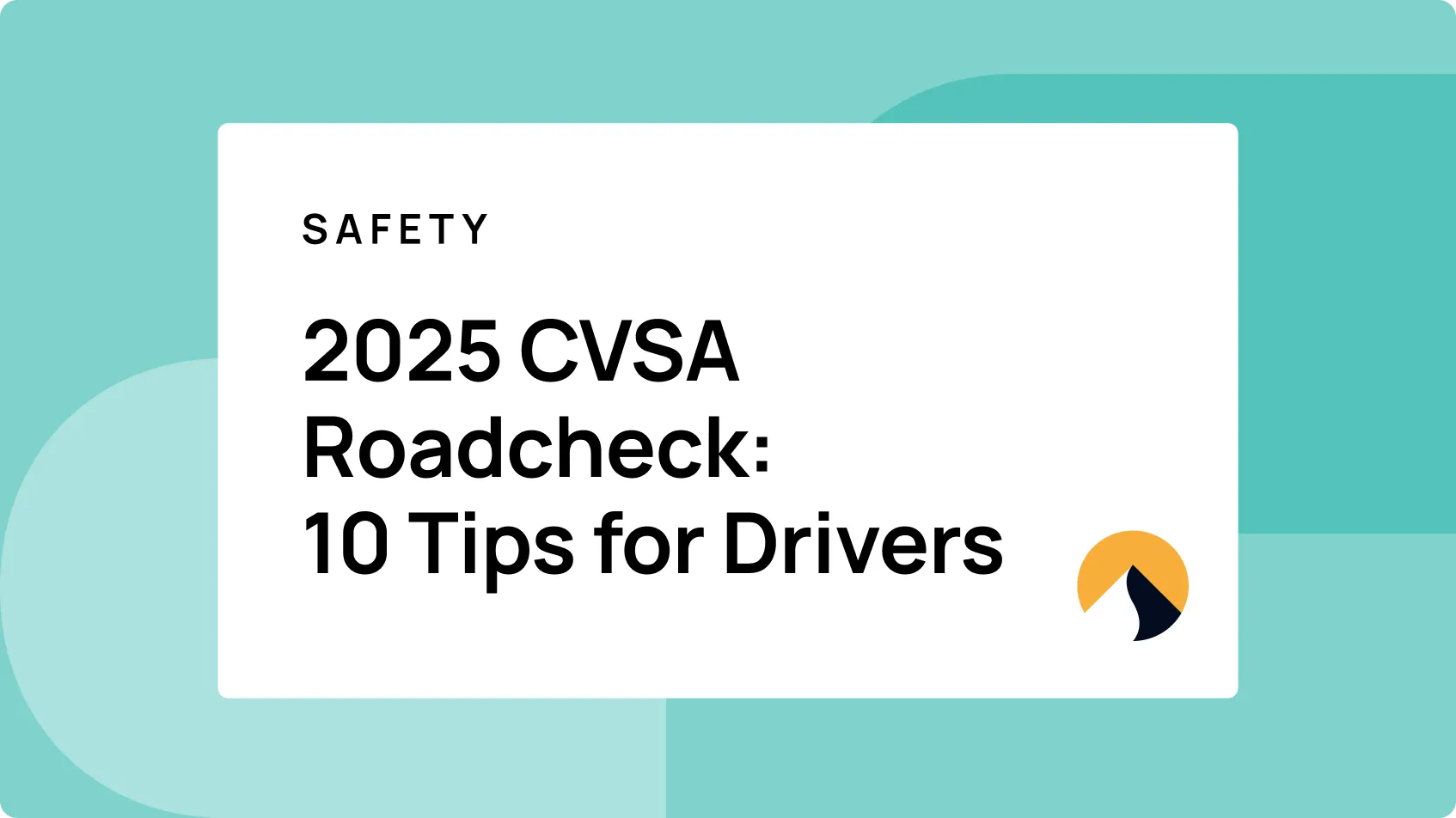Dashboard cameras (dash cams) are a valuable investment in fleet safety, providing critical video evidence that can protect drivers, improve safety practices, and reduce liability. However, improper installation can render footage useless, leaving fleets without the protection they need. Ensuring that dash cams are positioned correctly is key to capturing clear, usable footage that provides a return on investment.
Proper installation ensures useful footage
For dash cam footage to be effective, cameras must be installed correctly to capture a clear view of the roadway. Common installation mistakes, such as placing cameras too low or angling them toward the sky, can make footage unusable. A general rule is to mount the camera toward the top of the windshield—but not so high that sun visors obstruct the view. Positioning the camera as close to the center of the windshield as possible ensures it captures a balanced perspective of the road ahead.
Better positioning improves visibility of critical areas
A well-positioned dash cam should capture both side mirrors, as these often reveal important details, such as erratic driving from vehicles in adjacent lanes. Without proper placement, key details may be missed, making it harder to determine fault or assess driving behavior. Ensuring cameras are centered and angled correctly maximizes the likelihood of capturing useful footage when incidents occur.
Regular inspections prevent costly mistakes
Even if cameras are installed correctly initially, fleet managers should conduct regular inspections to ensure they remain properly positioned. Many dash cam systems allow managers to remotely view real-time footage from each truck, making it easy to verify alignment without requiring in-person checks. A quick review can help identify any adjustments needed before a critical moment is missed.
Leveraging dash cam technology for fleet safety
Properly installed dash cams not only protect drivers from false claims but also provide valuable insights into fleet safety. By reviewing footage, fleet managers can identify risky driving behaviors, provide coaching, and create a culture of accountability. Dash cams also serve as a valuable tool in defending against wrongful claims, potentially saving fleets from costly legal battles.
Optimizing fleet safety with the right support
Dash cams are only as effective as their installation and maintenance. Regularly reviewing footage, checking positioning, and ensuring all trucks have properly installed cameras can make a significant difference in fleet safety and liability protection. If assistance is needed in selecting, installing, or optimizing dash cam use, expert guidance can help fleets maximize their investment and improve overall safety.
To learn more about fleet safety & improvements, visit: nirvanatech.com
Dashboard cameras (dash cams) are a valuable investment in fleet safety, providing critical video evidence that can protect drivers, improve safety practices, and reduce liability. However, improper installation can render footage useless, leaving fleets without the protection they need. Ensuring that dash cams are positioned correctly is key to capturing clear, usable footage that provides a return on investment.
Proper installation ensures useful footage
For dash cam footage to be effective, cameras must be installed correctly to capture a clear view of the roadway. Common installation mistakes, such as placing cameras too low or angling them toward the sky, can make footage unusable. A general rule is to mount the camera toward the top of the windshield—but not so high that sun visors obstruct the view. Positioning the camera as close to the center of the windshield as possible ensures it captures a balanced perspective of the road ahead.
Better positioning improves visibility of critical areas
A well-positioned dash cam should capture both side mirrors, as these often reveal important details, such as erratic driving from vehicles in adjacent lanes. Without proper placement, key details may be missed, making it harder to determine fault or assess driving behavior. Ensuring cameras are centered and angled correctly maximizes the likelihood of capturing useful footage when incidents occur.
Regular inspections prevent costly mistakes
Even if cameras are installed correctly initially, fleet managers should conduct regular inspections to ensure they remain properly positioned. Many dash cam systems allow managers to remotely view real-time footage from each truck, making it easy to verify alignment without requiring in-person checks. A quick review can help identify any adjustments needed before a critical moment is missed.
Leveraging dash cam technology for fleet safety
Properly installed dash cams not only protect drivers from false claims but also provide valuable insights into fleet safety. By reviewing footage, fleet managers can identify risky driving behaviors, provide coaching, and create a culture of accountability. Dash cams also serve as a valuable tool in defending against wrongful claims, potentially saving fleets from costly legal battles.
Optimizing fleet safety with the right support
Dash cams are only as effective as their installation and maintenance. Regularly reviewing footage, checking positioning, and ensuring all trucks have properly installed cameras can make a significant difference in fleet safety and liability protection. If assistance is needed in selecting, installing, or optimizing dash cam use, expert guidance can help fleets maximize their investment and improve overall safety.
To learn more about fleet safety & improvements, visit: nirvanatech.com












